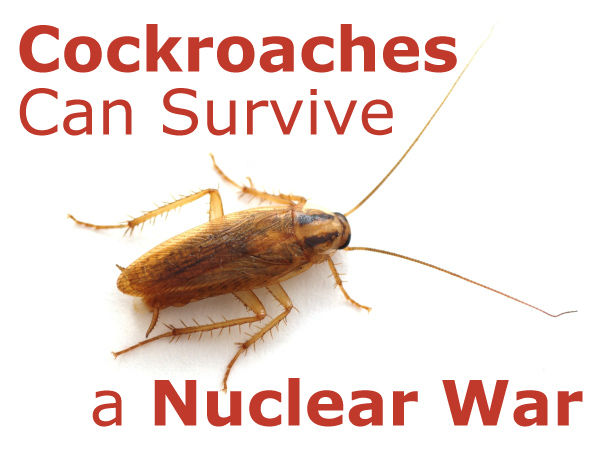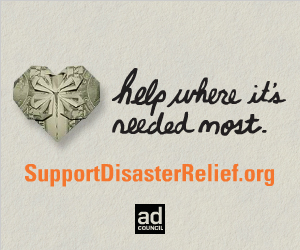Can cockroaches survive a nuclear war?
Firstly, any living organism, cockroach or not, close enough to a nuclear explosion will be incinerated. This myth presumably refers to survival after the blast, in a high-radiation environment.
It is true that cockroaches can tolerate higher doses of radiation than humans, but that is true for almost any insect and is not a special property of cockroaches. Insects generally have a tougher exterior. Their lifespans are shorter, allowing less time to develop disease. Insects have slower cell cycles (cells are most vulnerable to the mutations caused by radiation while they are dividing) – the cockroach, for example, only molts once per week.
Experiments show that cockroaches can generally withstand from six to 15 times the dose that would kill a human being. This means they could survive at 1,000 feet from a Hiroshima-sized blast – but they would have to be located much further away from today’s megaton and multi-megaton weapons. By contrast, a species of ancient parasitic wasps called Braconidae can survive the radiation produced by 450 Hiroshima bombs at 1,000 feet!
The natural conclusion of this belief is that cockroaches would take over and thrive after all the humans are gone. In fact, cockroaches have adapted to live amongst humans and the eventual lack of food left by people would drastically reduce their population.
Bonus Fact #1: There are about 4,500 species of “cockroach” – only 1% are considered pests.
Bonus Fact #2: Termites are actually a type of cockroach that evolved to eat wood.




